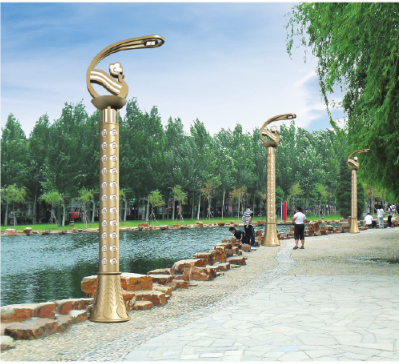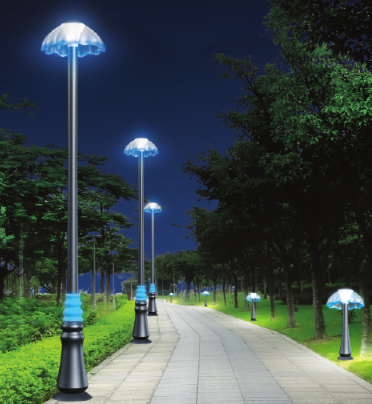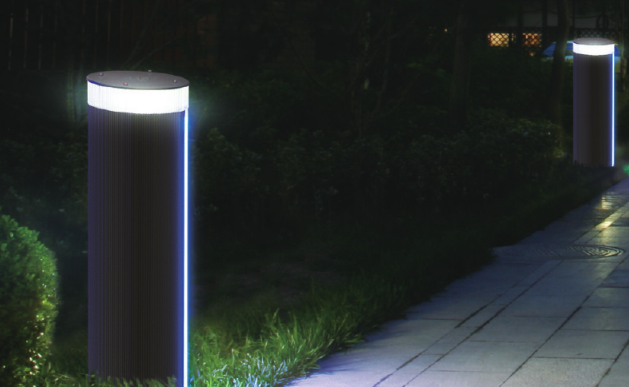High-performance cable standards and identification According to investigations by authoritative agencies, many fires in buildings are caused by electrical fires caused by spontaneous combustion due to the aging of the cables. The most serious disaster after the fire occurred was the extension of the fire line. How to reduce potential safety hazards and improve the safety of the system has become the primary safety issue for many new buildings. Today's smart buildings should first be safe buildings in order to ensure the normal operation of the system's intelligence. This article focuses on the problems in the current wiring industry: 1. UTP and fire protection standards for optical cables; 2. Controversy about whether the certification body of fire protection cables is UL or ETL; 3. How to identify the fire performance of the cables. Standards and regulations After the introduction of structured cabling systems, the total number of cables installed in commercial buildings has grown significantly. Usually the cables are bundled and installed in the space between the suspended ceiling and the building mezzanine, or under the raised floor. This requires special attention to the performance of the cable, not only in their transmission characteristics, but also in preventing potential fire hazards. There are many regulations on fire prevention in the world. The various communication cables currently on the market have thousands of different standards and requirements, each of which has different characteristics such as fire resistance, smoke resistance, corrosion resistance and radiotoxicity. These characteristics depend on the material composition of the cable, the size of the sheath and the insulation of the internal conductors. The use of cables with low flame propagation and high flame retardancy can prevent the flame from spreading quickly to other parts of the building and flammable materials in the building, so that people have more time to escape. The following standards define the fire and combustion indicators of communication cables, and specify the technical conditions and test methods for fire alarms and flames. • Article 800 of the US National Electrical Standard (NaTIonal Electrical Code, NEC) • Canadian Electrical Code (CEC) • International Electrotechnical Committee (InternaTIonal Electrotechnical Committee, IEC) 332 • European Commission for Electrical Technology Standardization (CENELEC) HD 405 • British BS4066 The US National Electrical Code (NEC), Canadian CSA and US UL laboratory lists are the most widely accepted electrical safety requirements in the world. There are fire protection requirements for steel cables and optical fibers in the regulations. The two most serious disasters in the regulations are fire in electrical circuits and spread of fire on cables. Clause 800 is divided into steel cables: CMP-with dry flame retardant, CMR-for vertical backbone, CM-for general use (except flame retardant and vertical backbone), etc., which requires that the communication cable must be tested and Meet fire, mechanical and electronic standards, and undergo independent laboratory testing (insurance laboratory). Article 770 for the installation of fiber optic cables with live conductors is divided into: OFN-conductor fiber optic cable, OFNP-non-conductor flame retardant, OFNR-non-conductor vertical backbone. OPNF is the highest level of flame retardant. NEC's fire protection standards are published by the National Fire Protection Association (NFPA) and revised every 3 years, with the most recent release in 1996. The NEC800 clause establishes four levels of fire protection requirements that all communication wires and cables installed in buildings must comply with. They must also be clearly marked. These cable markings help to confirm the safety level and are also valuable from the viewpoint of building inspection and risk assessment. Safety Laboratory (Under writer Laboratories, UL) has developed a test method to verify that the cable meets NEC standards. NEC Article 800: CSA FT6 / UL 910: Flame propagation and smoke concentration test for cables and optical cables for space transmission in air environment. The maximum flame spread is 1.50 meters. Cables that pass this test are considered to be flame retardant cables suitable for pressure ventilated spaces. NEC Article 800: CSA FT4 / UL 1666: Test for flame propagation of electrical cables and optical cables installed in vertical shafts. The maximum flame spread is 1.50 meters. The fire resistance temperature is 454.4 degrees Celsius for the convenience of users. The designed vertical trunk cable must pass this test. UL and ETL are both certification bodies for fire-resistant cables For NRTL (North American Accredited Laboratories), both test products and certified products must obtain qualification certification. Certification includes regular factory inspections to ensure that the products continuously produced by the manufacturer comply with the factory inspection manual. Currently, there are 9 recognized NPTL, Electronic Testing Laboratories (ETL), including Safety Laboratories (UL) and Canadian Association (CSA) in North America. They can test, verify and certify the fire rating and TIA / EIA category performance. In the United States, the Nationally Recognized Test Laboratory (NRTL) conducts flame tests and prepares cable lists. The Occupational Safety and Health Administration (OSHA) is responsible for the appointment of NRTL and monitors their consistency with the appointment criteria. Each appointment is valid for 5 years. Including UL and ETL testing laboratories, there are 9 NRTLs in total. These laboratories will also test whether the communication cables comply with ANSI / TIA / EIA-568-AB performance (class) specifications. In Canada, the Canadian Standards Council may designate a laboratory as a certification organization (CO) or test organization (TO). Organizations such as C (UL) and C (ETL). These laboratories conduct tests according to standards and are responsible for ensuring that the cables are adequately marked with the appropriate fire rating. The laboratory also audits the factory to ensure the consistency of the manufacturing process. How to identify the fire performance of a cable The fire protection performance is marked on the cable jacket. The following uses the IBDN cable code as an example. Nordx / CDT provides three series of enhanced horizontal cables. They are IBDN-1200, IBDN-2400 and IBDN-4800LX series. IBDN-1200 consists of special cables such as 1212, 1213, 1224 and so on. The IBDN-2400 and IBDN-4800LX series are similar. The first two digits (such as "12" and "24" ') are related to the maximum recommended data transmission rate. When used in IBDN gigabit cabling solutions, the cable can be divided into 1.2 and 2.4Gbps. The third digit is related to the cable design and is expressed as follows: • 1 means UTP and the use of some halogenated materials (such as PVC, LSPVC or FEP) • 2 means UTP and the use of low-smoke non-toxic materials (eg LSOH) The last digit represents the flame propagation level and is expressed as follows: • 1 means CM, CMX general purpose; • 2 means CMR (inc.FT-4) * vertical shaft; • 3 means CMP flame retardant; • 4 means IEC 332-1. Nordx / CDT also provides three series of optical cables. They are IBDN-FX300, IBDN-FX600 and IBDN-FX2000 fiber optic cables, and the fire performance marks are: OFN-non-conductor fiber optic cable FNR-a non-conductor vertical backbone OFNP-a non-conductor fiber flame retardant Flame retardant cable Flame-retardant grade cables for pressure ventilation ducts, listed and certified as CMP, OFNP. The cable has high flame retardancy and less smoke, and can be used in air-circulating spaces such as raised ceilings and floors. Shaft level cable Vertically installed cables passing through more than one layer, or vertically installed in a ventilation shaft, listed and certified as CMR, OFNR. These cables are flame retardant and can prevent the spread of flames. (From the computer network world)
Landscape Lamp lighting is decorative light source configuration of city garden landscape,cultural and recreational square and large-scale social activities widely used and essential,is a decorative lighting products.Our company's landscape lighting products mainly have Decorative landscape lamp,Alumiunm alloy Lawn lamp,Alumiunm profile Garden Lamp.
Rod material diverse use of flexible,light,sound,light,electricity three-in-one,structure and morphology in different poses and with different expressions,beautify,lighting,green organic combination,light and shadow,perfect crystal lamp and art.
Landscape Lighting Series,Landscape Lighting Kits,Landscape Lighting Led,Landscape Lighting Wire Jiangsu chengxu Electric Group Co., Ltd , https://www.satislighting.com
In the 21st century, the integrated wiring system has entered a six-category UTP era marked by a gigabit transmission rate and an optical cable era marked by a ten-gigabit transmission rate. Especially in June 2002, since the release of the TIA / EIA-568B standard, gigabit cabling systems have begun to be used. However, while many designers, contractors, and users are pursuing speed, they have overlooked a potential design flaw— Fire insurance. 

